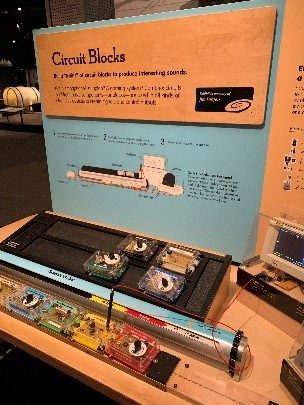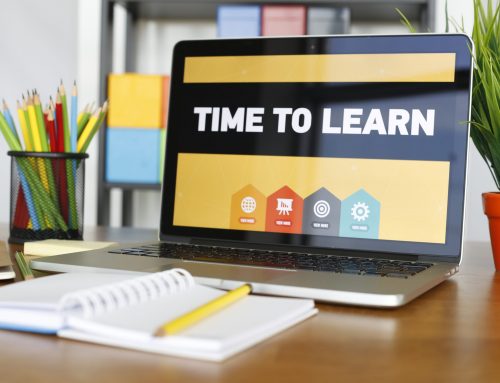In April, I had a chance to attend Social Science at the Science Museum of Minnesota. Social Science is the museum’s version of an adult-only science night taking place after all the kids have gone home. It’s an opportunity for science enthusiasts to gather with like-minded individuals away from the usual hustle and bustle that a museum can bring. For me, it was an opportunity to “nerd-out” while gaining powerful insight about how to integrate museum fun into the traditional K-12 classroom.
New ideas for the classroom
By nature, science museums provide engaging ways to convey complex concepts in relatively short periods of time. Often the materials stand alone, and the only instruction comes from short descriptions found next to interactive objects.
What differentiates the science museum from the art museum is that you are typically encouraged to interact with the material. The concepts found in a science museum are the same ones you’re teaching in your classroom. Why not borrow some ideas from this setting?
Every time I visit a new museum, I feel inspired to bring something back to the classroom. I’ve been lucky enough to visit Munich’s Deutsches Museum, the largest science museum in the world. Despite the language barrier, I was still able to engage in all the material because science and math are universal.
The museum had wonderful hands-on exhibits about mechanics and simple machines, and I was able to recreate demonstrations from there within my own teaching.
Network with like-minded people
Anyone interested in science museums is interested in learning about real-world STEM principles. While exploring exhibit halls, why not engage in conversation with other museum guests? I always find it fascinating to gain other visitors’ perspectives on the material being presented. I also love watching the crowd react to demonstrations during museum live-action shows. In a museum, we’re all the students who can learn a thing or two about our own classrooms in that setting.
Museums are also wonderful venues for professional development. Many museums offer workshops for teachers focused in a variety of different topic areas. It’s worth going to one of these workshops to meet other teachers in your area and to learn how you can use materials from the museum within your own classroom.
Gain perspective from informal educators
Before my current job, I was an informal educator for six years. I was always surprised by how many K-12 teachers did not know what informal education is. Informal educators are teachers in learning environments outside of the typical K-12 school environment (think museums, libraries, zoos, and the like).
As an informal educator, I did not have to answer to standards or engage in assessment, but I did need to engage large audience of mixed ages in cutting-edge and exciting STEM topics. I believe formal and informal educators have a lot to learn from each other and a museum is a perfect venue to make those connections.
As an informal educator, I always wondered what material I could be teaching that would benefit students and teachers going back into the classroom. Formal teachers often asked me about how to take traditional lessons and make them more hands-on. We’re two sides of the same coin and should collaborate to get the best outcomes for all students!
Plan your visit
If you’re not sure where to start, check out the Association of Science-Technology Centers to find a local science center. After identifying where to go, look for different opportunities for yourself and your students. Browse their websites for professional development workshops or adult science nights. Also, look for field trip opportunities or see if there are ways to bring museum materials into your classroom. Teachers should be life-long learners, so why not start in a place that’s fun and exciting!










Leave A Comment